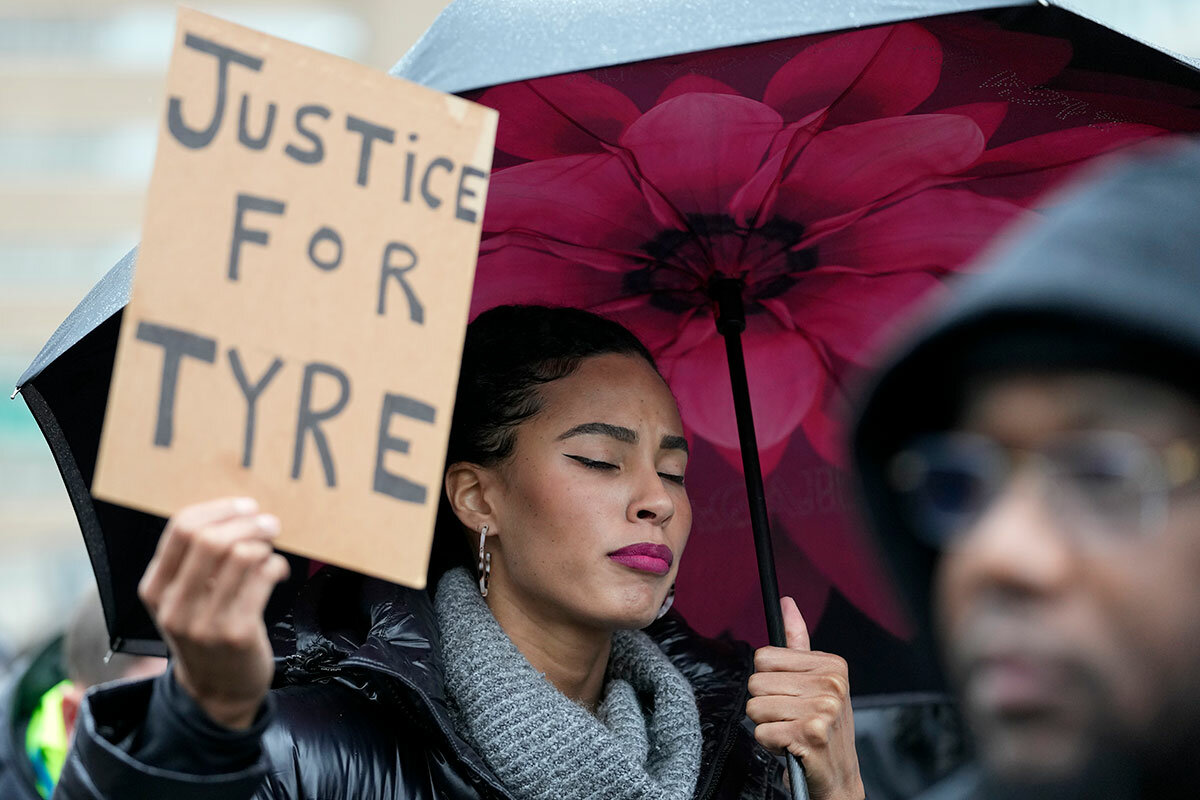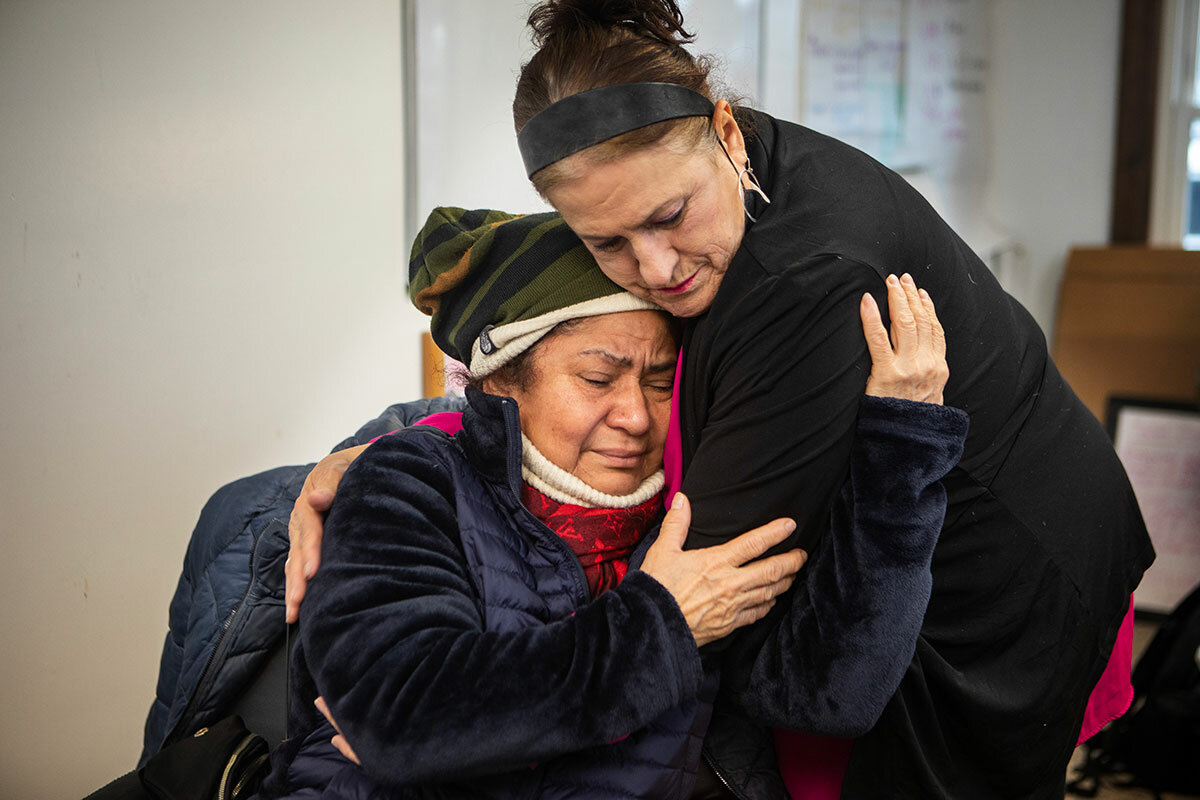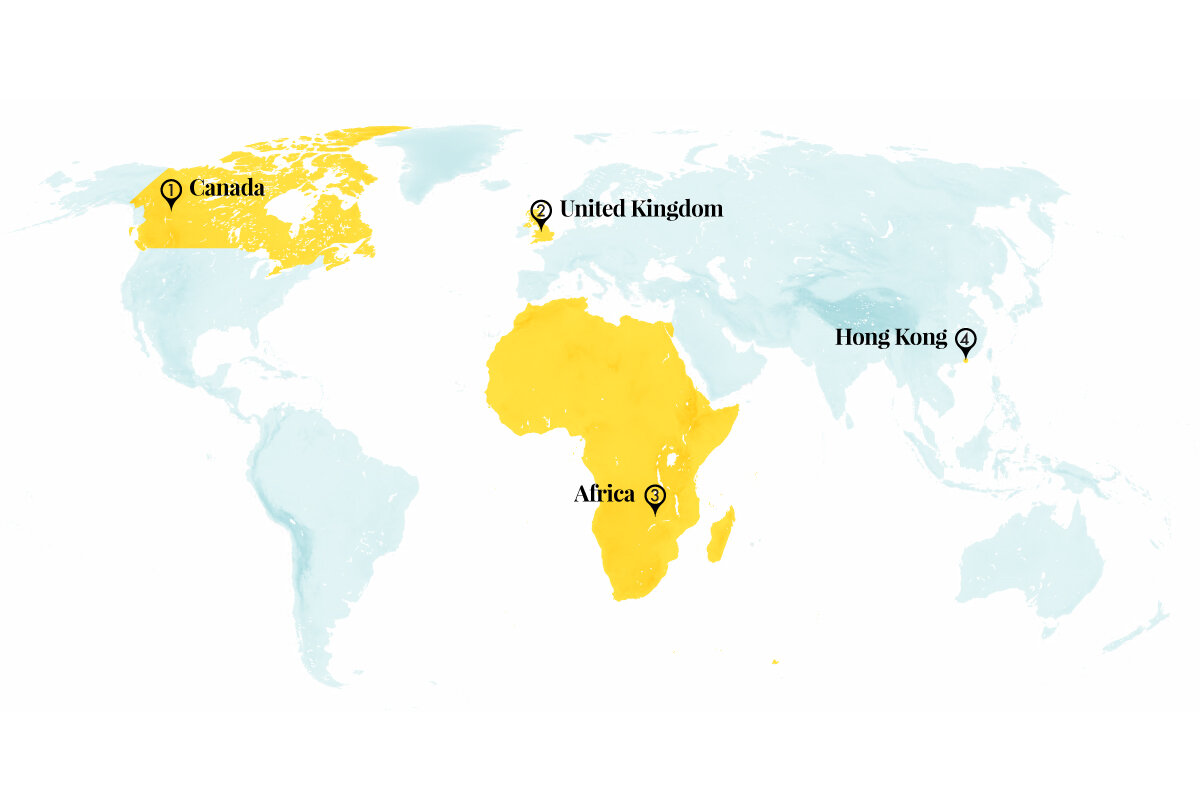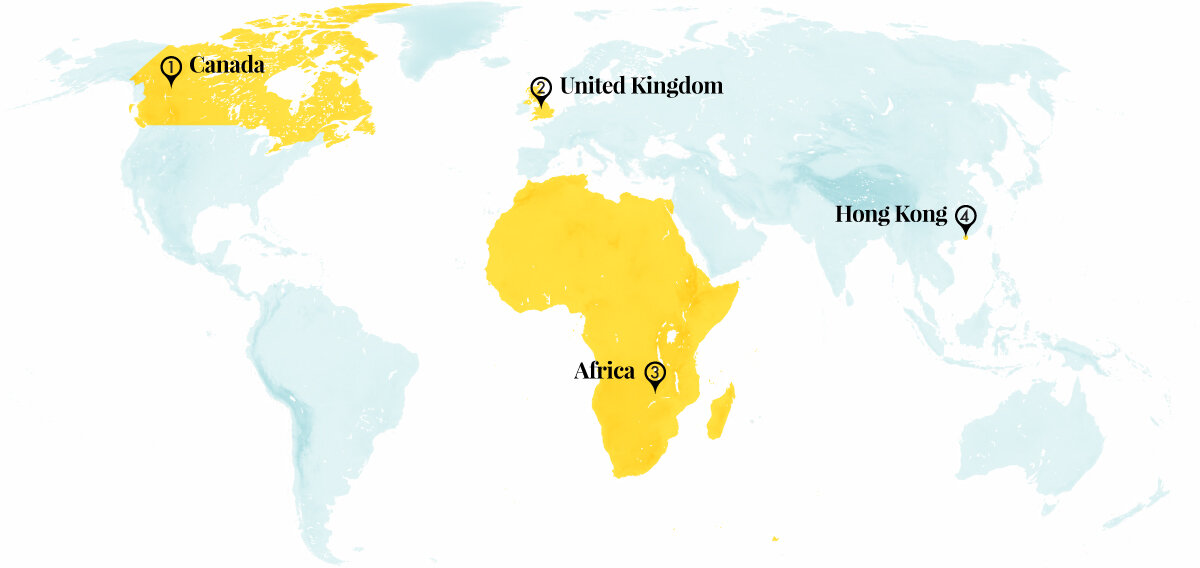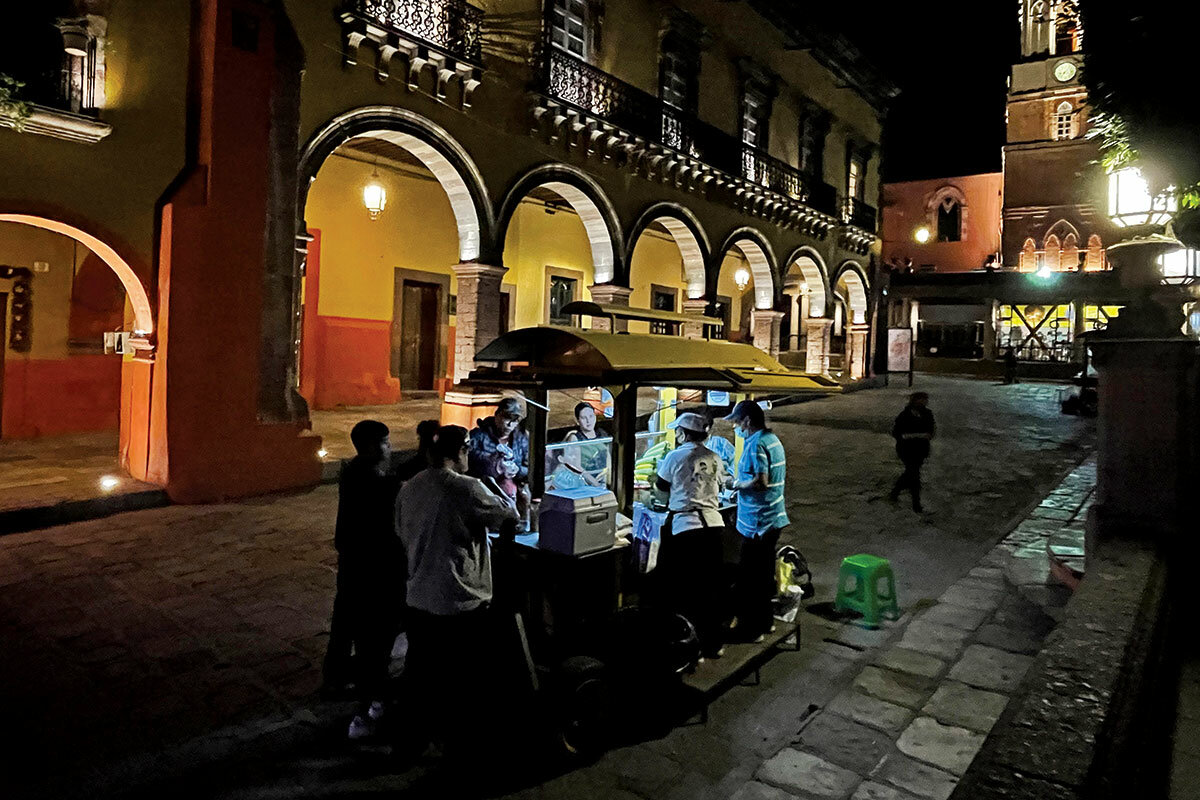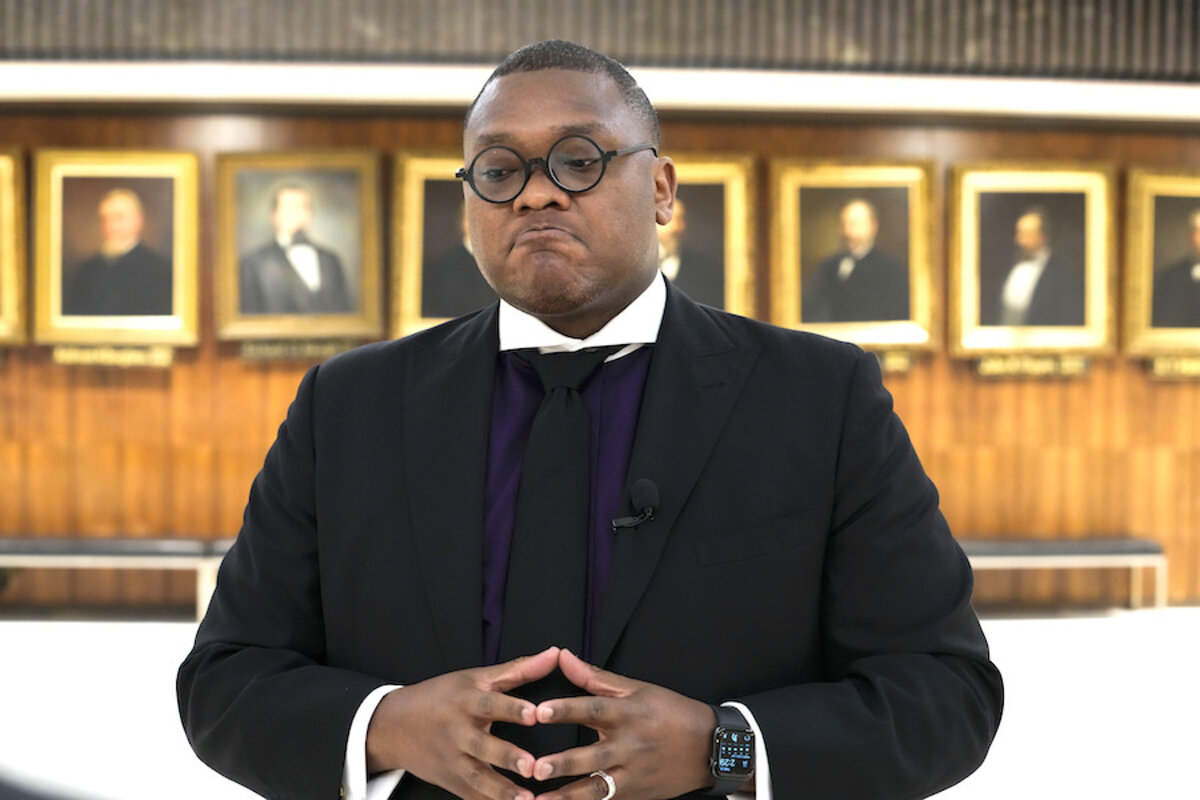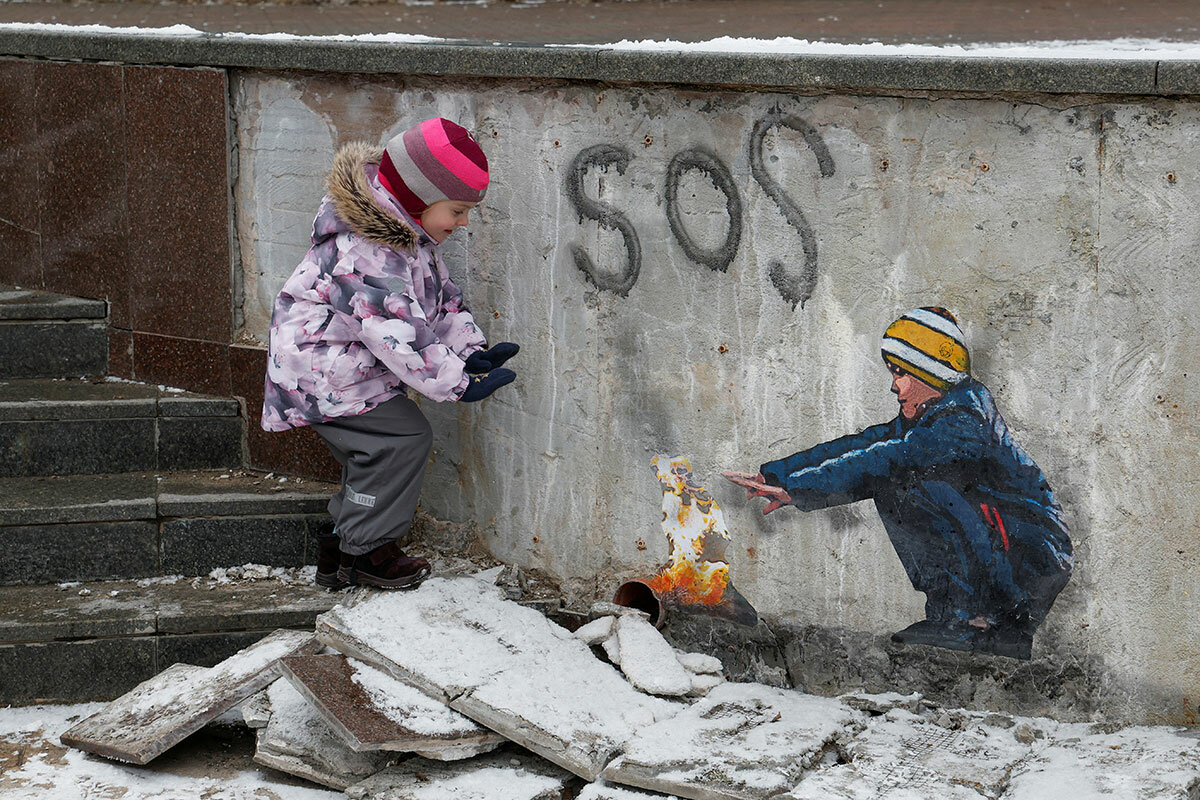Safety shouldn’t be a choice between rampant crime and violent overpolicing. Memphis thought it might have had an answer. But Tyre Nichols’ death shows how it spiraled out of control.
Monitor Daily Podcast
- Follow us:
- Apple Podcasts
- Spotify
- RSS Feed
- Download
 Laurent Belsie
Laurent Belsie
I broke a personal rule the other day at the grocery store: I stocked up on pasta at $1.19 a package. For a year I’d bought the staple only as needed, telling myself the dollar-a-box sales would return once things settle down. But on that shopping day, I realized the world would never return to its pre-inflation normal.
My capitulation was complete: spaghetti, elbow macaroni, the works.
Inflation is not the worst economic problem a nation can have (unless it really gets bad). Depression hits people harder. So does spreading unemployment. And yet inflation sticks in the public craw as almost nothing else does.
Nearly half of Americans point to economic issues, particularly inflation, as the country’s top problem, far ahead of immigration (11%), gun violence and crime (6%), and government spending and taxes (6%), according to a CNN poll released last week.
Such fears are overblown, economists point out. Pay tends to go up with inflation, as do home prices, while the real value of one’s debts goes down. The appreciation of our house in the past three years should help me pay for all the buck-nineteen pasta I could ever want.
Tomorrow the Federal Reserve’s policy committee will begin a two-day meeting to decide how much more to raise interest rates to curb that inflation. Many economists say more rate hikes are needed, given that inflation remains stubbornly high at a 5% annualized rate.
Yet even if food prices are notoriously volatile (don’t get me started about eggs!) some key trends are positive. On Friday, the central bank’s most-trusted inflation measure fell for the third time in a row. And it’s looking possible that America’s inflation surge will be contained without a recession – or breaking my pasta budget.




